The original servo drives are analog types that operate on ±10-Volt inputs. In contrast, digital servo drives operate over fieldbus networks that now dominate the market.
The primary difference in construction between digital and analog drives is that a digital drive includes a microprocessor to carry out computations — in turn to determine the output control signal based on a mathematical model of the system’s behavior.
Most digital drives can accept feedback from tachometers, resolvers, encoders, and various types of switches or sensors. In addition to managing the torque, velocity, and position control loops, digital servo drives often include higher-level functionality … including operations such as path generation that were traditionally handled by the machine controller.
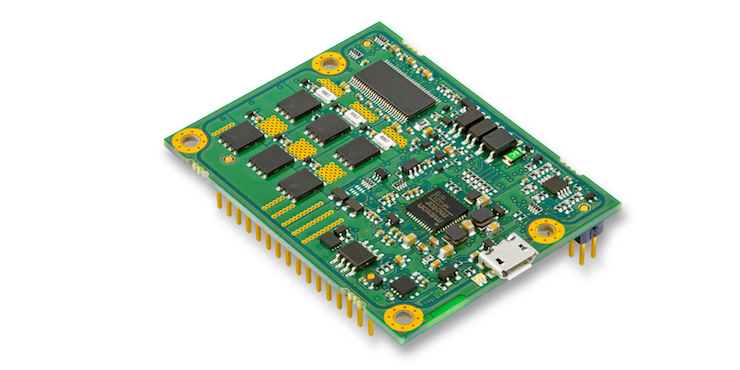
While analog servo drives are relatively inexpensive and simple to set up, there are benefits of using digital servo drives. First, a digital drive is tuned via software, rather than being tuned manually with potentiometers.
Most digital drives can also be auto-tuned or self-tuned, which is especially helpful when the load or inertia parameters are difficult to model or predict. This also simplifies the tuning process and provides a system that is much more responsive. Because all of the configuration and tuning setting are stored in the drive, it’s also easier to replicate a specific setup across multiple drives.

Note that auto-tuning (self-tuning) is a process in which servo control-loop gains are set automatically. The drive excites an attached motor at various frequencies to sense the system’s inertia and response, and then determines and sets the appropriate gains to ensure stability at all of the various frequencies.
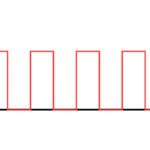
With a digital servo drive, voltage pulses are sent to the motor at a much higher frequency — often 5 times or more — than with an analog drive. This allows the motor to respond to commands faster and provides smoother acceleration and deceleration. It also gives the servo system much higher holding torque.
Digital servo drives are versatile in their function. Most digital drives are capable of operating with an analog voltage signal, like an analog servo drive, and some can even accept step and direction signals to operate as a stepper drive. They can also be used when master and slave axes are required, with electronic gearing or an electronic cam between the axes.

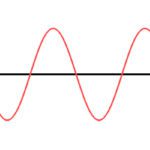
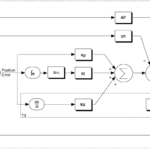
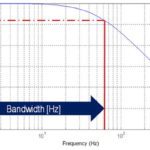
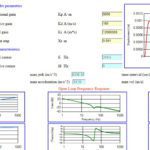


Leave a Reply
You must be logged in to post a comment.